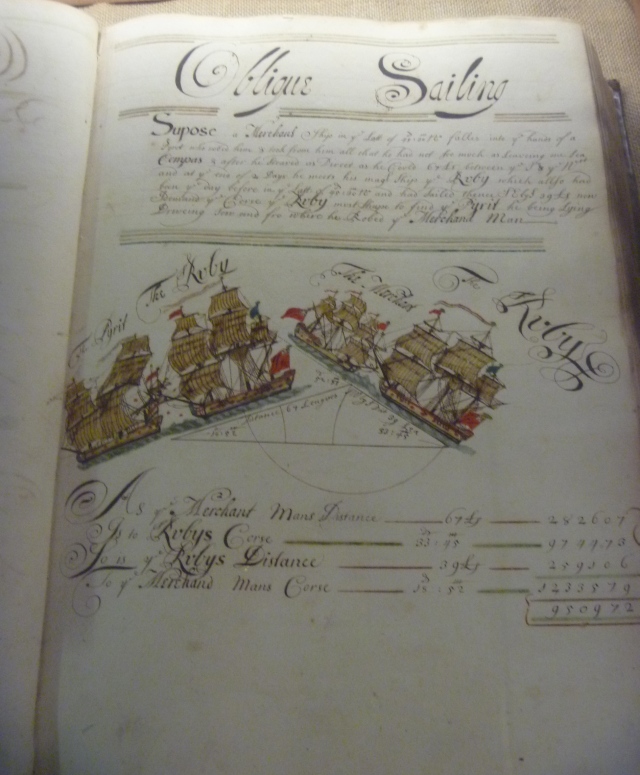
The weather on this year’s annual Leeds Library Visit to Whitby could not have been more different from last year’s The Lake District trip. The sun shone all day and the sky was blue as blue. Perfect weather for a day at the seaside. But first stop on our journey was in Pickering where after tea and toast in the Poppies Tearoom we visited the parish church of St Peter and St Paul where medieval wall paintings have been extensively restored. Originally discovered in 1851 they were almost immediately covered over again. In the 1870s they were restored and, as the leaflet tells us :
Nikolaus Pevsner, in his series of books The Buildings of England (1966), wrote that the church has “one of the most complete series of wall paintings in English churches, and they give one a vivid idea of what ecclesiastical interiors were really like”.

Pickering Church

St George and The Dragon Wall Painting

The East Window
Our day out was primarily to visit the Whitby Literary & Philosophical Society Library and Museum housed in a purpose built art gallery in Pannett Park above the town and with views of the Abbey opposite and the sea beyond.

The Society had been founded in 1823 by a group of Whitby citizens led by The Reverend George Young, a minister of the Presbyterian church. It’s chief object was to set up and maintain a museum specialising in fossils since “Whitby is a chief town of a district abounding with petrifications and containing not a few Antiquities”.

The Society’s Library Today
Initially opened in two rooms over a shop in Baxtergate it subsequently moved to several other locations in the town but finally, by the end of the 19th century the Society decided it needed more space and a new building which opened in 1931 and adjoins the Municipal Art Gallery : The Pannett Art Gallery.

We had an introduction to the collection in a new wing added 10 years ago with funds from The Heritage Lottery Fund. The volunteer curators, Stephen and Fiona, spoke enthusiastically about the collection and the Whitby Merchant Seaman’s Muster Rolls which are an important part of it.
The Muster Rolls are a unique series of historical documents which are the surviving paperwork for the Whitby Merchant Seamen’s Hospital’s regulation of the “seaman’s sixpence”, an eighteenth century pension provision. This pension provided financial support to injured seamen and to the widows and children of seamen who died while serving on merchant ships.

Example of Muster Roll from the Library website
They record a wealth of information about crews and ships, and offer a particularly rare insight into working men’s lives : age and place of birth; port where and when enlisted; where and when leaving the ship; name of the ship and its owners.
The Library holds on microfilm the Whitby Muster Rolls from 1747 to 1795 and also some Whitby Muster Rolls from 1800 to 1850. The Museum passed 7,000 Rolls to the Society in 2010. These require careful repair and conservation and much of the cost of this is being defrayed by The Thomas Roe Trust.
The main specialism of the Library is the Whitby local area :
Local History – collections of books, pamphlets, journals, maps, prints and manuscripts for Whitby and the surrounding area (approx. 15 miles radius)

Maritime History – collections of books, Lloyds registers, and records including muster rolls, and ships’ account and log books

Geology – extensive collection of books and journals relating to the history of geology and the internationally important discoveries of Jurassic fossils made in the 19th Century in the Whitby area
Industrial heritage – sources for the development of the alum, jet, ironstone, and potash industries and the railways in the area
Family History – many sources including printed parish registers, lists of monumental inscriptions for many local churches, wills, and indexes to wills in the York Registry
Literature and language – a small literature collection focussing on novels, poetry and plays that are either by Whitby writers or are about Whitby, and a small collection on Yorkshire dialect
After tea and biscuits we were free to visit the Library and the Museum and Art Gallery.
After a picnic lunch in the lovely Pannett Park and a final look round the Museum a fellow library member and I headed into town. After a walk along the quayside we climbed the 199 steps to the church and the Abbey for more stunning views before returning to the coach pick-up point and the return journey to Leeds.

Whitby Church

Whitby Abbey

View from the Top of the 199 Steps
















































